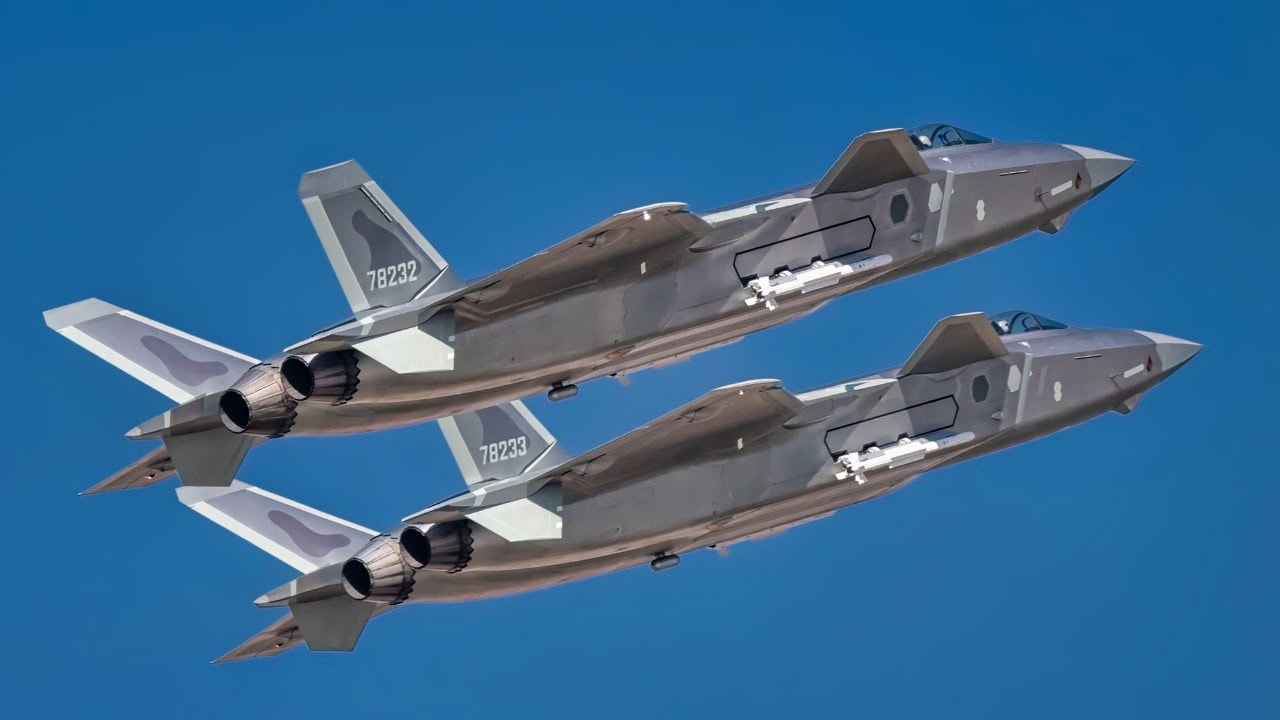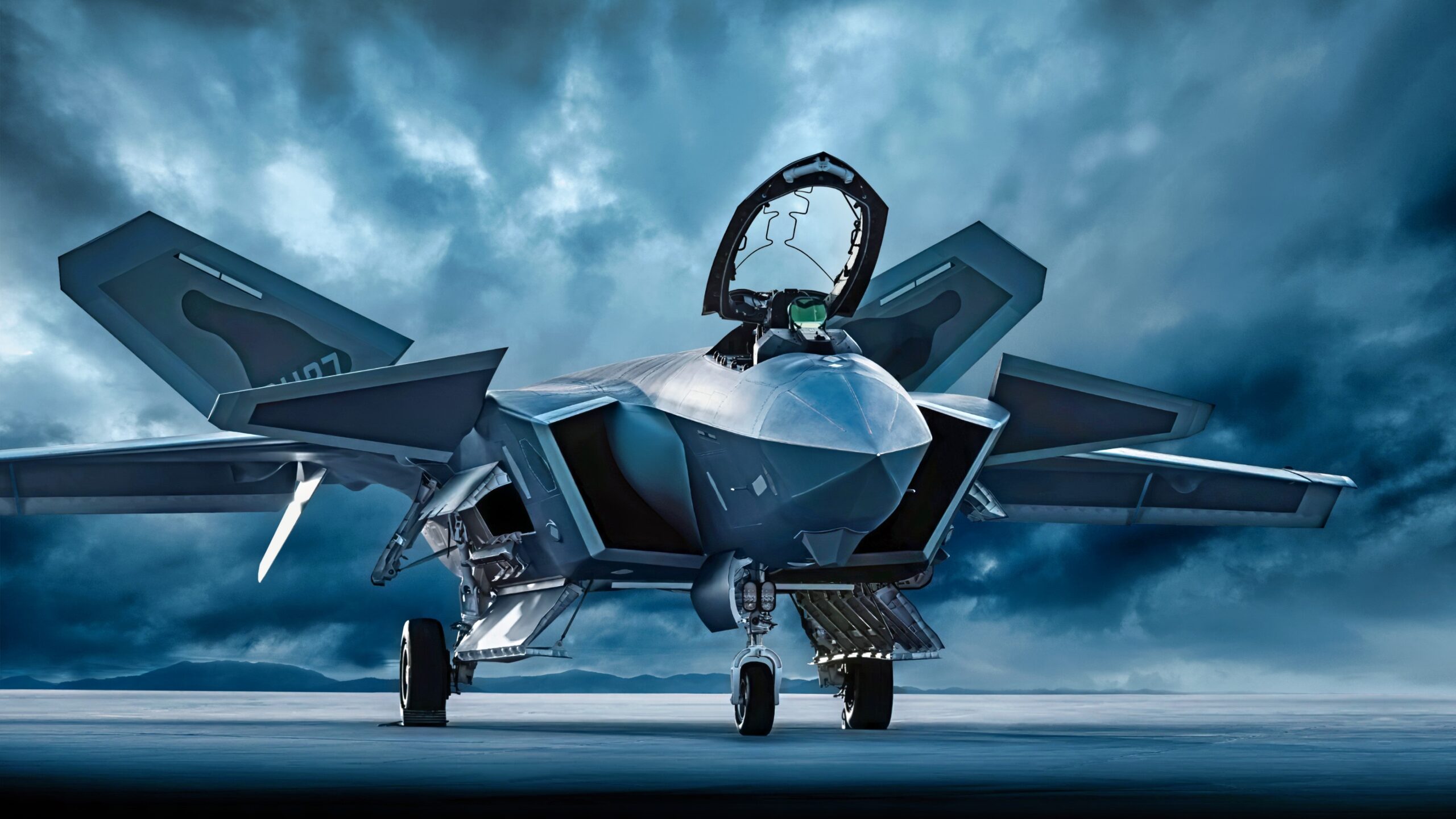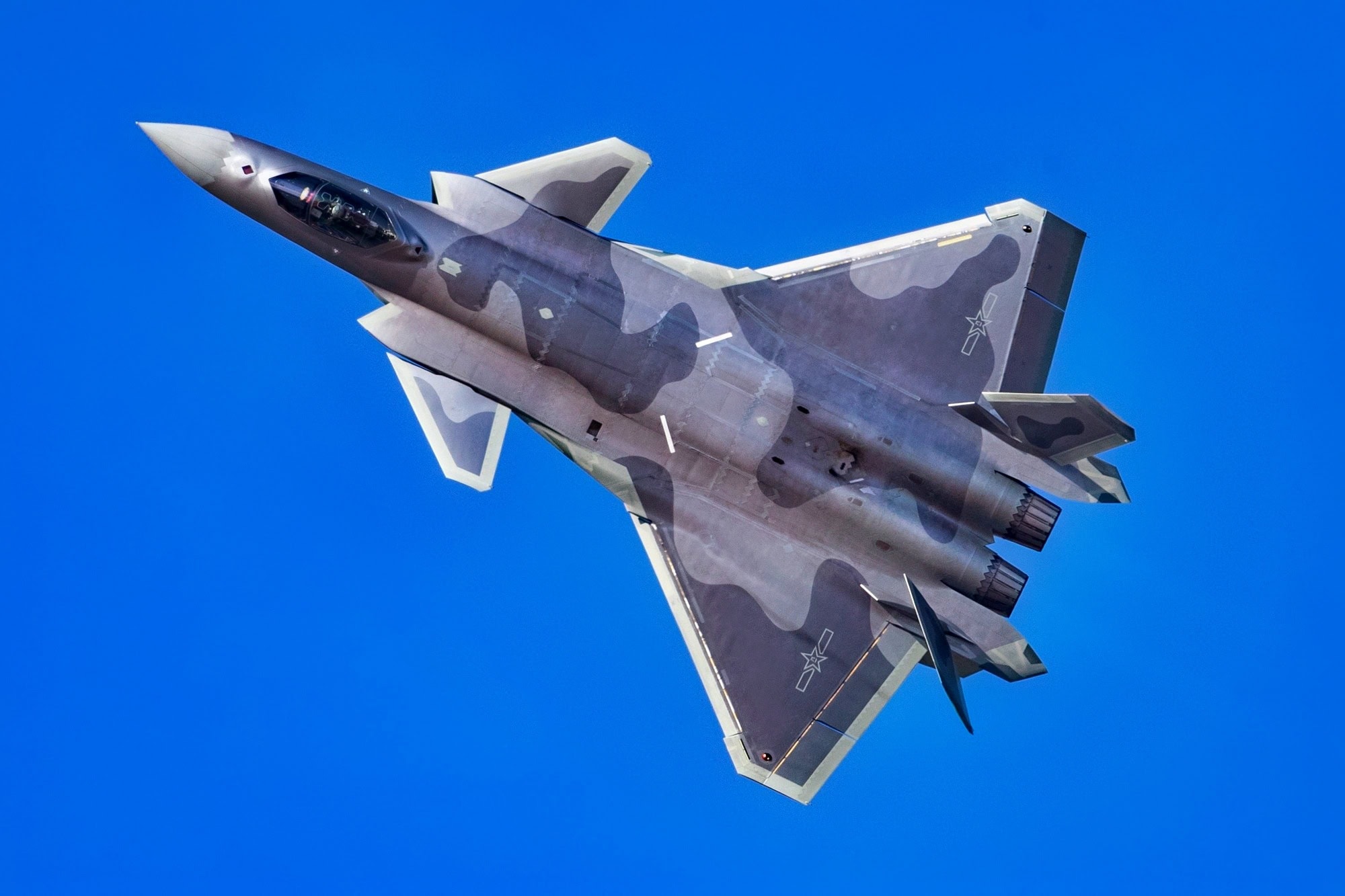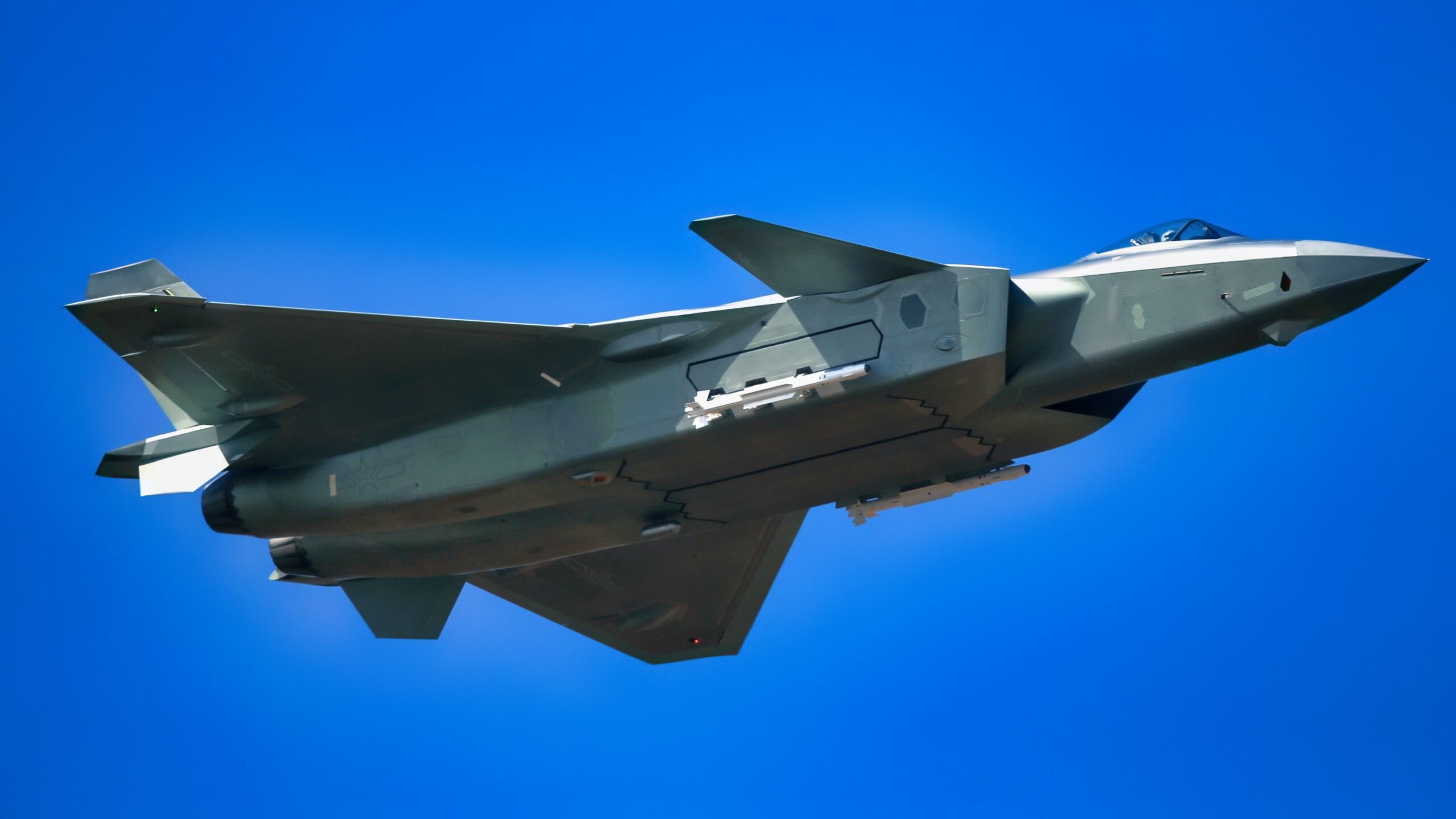The J-20 Mighty Dragon is one of China’s most advanced aircraft. And even though it is technologically inferior to its American counterparts, the J-20 is gaining a critical advantage in numbers.
With production rates expected to reach 120 airframes per year in 2025, the J-20 could outproduce the F-35.

J-20 Mighty Dragon. Image Credit: Creative Commons
In a potential future Pacific War, how could the J-20 influence the battles to come? Would the technological advances it brings over previous Chinese-built fighter jets be enough?
China’s Stealth Program and the J-20, Stolen Secrets
The J-20 stealth fighter was unveiled in 2011, but the year to remember is 2007. The Chinese had no stealth aircraft before then. But in 2007, Chinese hackers reportedly broke into the secret files of the U.S. Joint Strike Fighter project and stole data related to the F-35 stealth fighter.
Just four years later, Beijing unveiled its J-20, which features several design breakthroughs similar to those found on the F-35. Experts believe this sudden technological leap could not have happened without data hacked from the U.S.
In fact, the Chengdu J-20 likely incorporates stolen technology from at least three sources: Russia’s MiG 1.44, America’s F-22 Raptor, and the F-35.
While its overall design closely mirrors Russia’s abandoned MiG-1.44, critical stealth elements seem to be borrowed from Lockheed Martin’s fighters—blueprints that China would have gained through espionage.
China’s Growing Aerospace Industry
China has heavily invested in its aerospace industry. Chengdu Aircraft Industry Group, which produces the J-20, has expanded its production lines and improved manufacturing processes to meet the high demand of the military.
China has successfully produced its own jet engines, with the WS-10 and the much-improved WS-15, which is now reportedly in production and being flown in the J-20.
How Could the J-20 Influence a War In the Pacific?
We still do not know much about the stealth plane’s performance. It’s one thing to steal designs from three different aircraft. But it is another thing to make it all work within one airframe. The quality of construction and components is a mystery.

J-20 Fighter 2025 Artist Rendition. Image Credit: Creative Commons.

J-20 Fighter from China. Image Credit: Creative Commons.

J-20 Fighter. Image Credit: Creative Commons.
As mentioned, the most concerning aspect of the J-20 right now is its numbers. Even if U.S. fighters are technically superior, they and their allies may be significantly outnumbered in a fight.
Another question about the J-20 is whether it has the same data-link capabilities as the F-35—perhaps those, also, were stolen.
These secure data links give the Lightning II the ability to combine sensors on multiple F-35s, as well as other U.S. sensor platforms, to give U.S. pilots an expansive view of what is happening in the contested airspace. This helps pilots work together to prioritize targets effectively.
One way the warplane could swing the battle is by using long-range missiles in air-to-air combat. The J-20 could be used to punch through opposing air defenses by engaging and destroying enemy fighter patrols, early warning aircraft, and refueling tankers.
When used as a ground-attack platform, the fighter’s large bomb bays and ability to carry long-range air-to-ground and anti-ship missiles could enable it to strike targets far behind enemy lines. These targets could be in Taiwan, the Philippines, Guam, Japan, or South Korea.
Used as such, they would give China the ability to disrupt enemy supply lines, attack air bases, and threaten U.S. Navy surface assets.
The J-20’s long-range capability also allows it to engage targets beyond the reach of other air-to-ground platforms.
US Not Losing Sleep Over the J-20
Gen. Kenneth Wilsbach, then-head of Pacific Air Forces, a few years ago said, “It’s not anything to lose a lot of sleep over” while speaking to the media. “Certainly, we’re watching them closely and seeing how they feel and how they operate them.”
Wilsbach added that after “some recent close engagements we had with our 5th gen jets and some of their J-20s” in the Pacific region, the Air Force had “learned a lot from that,” but that “it is nothing frankly that I would worry too much about.”
The J-20’s capabilities could significantly impact a hypothetical war in the Pacific, shifting the balance of power in favor of China.
However, the outcome of any war would still depend on a multitude of factors, including the overall strategic situation, the tactics employed by both sides, the effectiveness of air defenses, and, most important, the training and skill of pilots.
No one truly knows the fighter’s capabilities, and hopefully, we’ll never find out.
About the Author: Steve Balestrieri
Steve Balestrieri is a 19FortyFive National Security Columnist. He served as a US Army Special Forces NCO and Warrant Officer. In addition to writing for 19FortyFive, he covers the NFL for PatsFans.com and is a member of the Pro Football Writers of America (PFWA). His work was regularly featured in many military publications.
